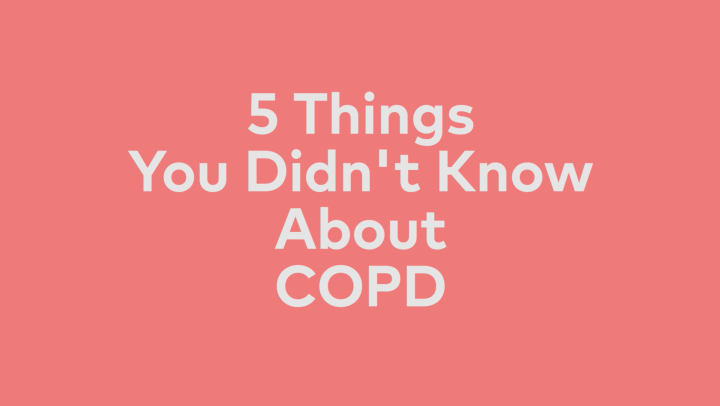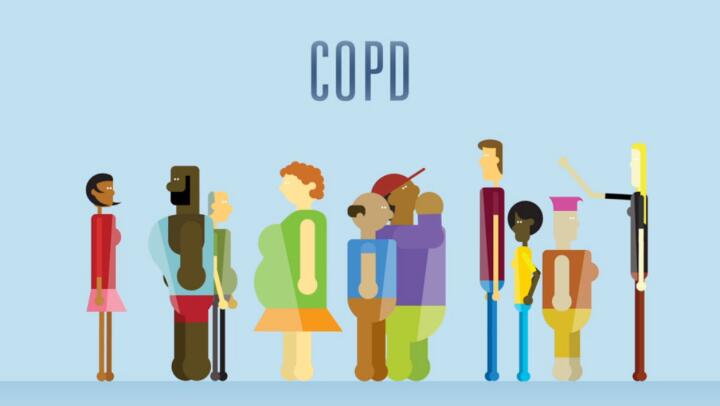
Pulmonary hypertension is a rare but serious condition. This incurable disease is characterized by hypertension, or high blood pressure, in the pulmonary arteries, the blood vessels leading from the heart to the lungs. Find out more about this condition and what you can do if you receive a pulmonary hypertension diagnosis.
Primary vs. Secondary Pulmonary Hypertension
Pulmonary hypertension affects people of all ages and races. Young adults and women are significantly more likely to develop the condition. There are some differences between the two types of pulmonary hypertension.
Primary pulmonary hypertension is idiopathic, meaning there’s no known cause of the condition. Also known as idiopathic pulmonary arterial hypertension, this disease is progressive, and survival rates are poor. This is more common in young adults.
Secondary pulmonary hypertension is caused by an underlying disease, such as other lung, heart or kidney conditions. The list of underlying conditions that can cause pulmonary hypertension is lengthy and includes blood clots in the lungs, emphysema, chronic liver disease, and metabolic or blood disorders, among many other conditions. It can also be caused by hereditary gene mutations or congenital heart disease, which is present at birth.
Pulmonary Hypertension Symptoms
Pulmonary hypertension forces the right side of the heart to work much harder than in healthy people. Patients may experience typical symptoms of heart and lung problems, but the disease often shows no symptoms until the advanced stages. Symptoms of both primary and secondary pulmonary hypertension include:
- Shortness of breath during normal activities or at rest
- Heart palpitations
- Racing pulse
- Pressure or pain in the chest
In the later stages of the disease, symptoms include:
- Swelling in the legs and ankles
- Bluish lips and skin
Pulmonary Hypertension Prognosis
Because the disease often isn’t diagnosed until later stages, pulmonary hypertension survival rates are low. Some studies have shown that pulmonary hypertension life expectancy is as little as one year after diagnosis but can be five years or more. However, life expectancy has improved in recent years due to the availability of new diagnostic tests to detect the disease at an earlier stage as well as new treatments, such as targeted or advanced medications, to combat the condition.
Pulmonary Hypertension Treatment
Pulmonary hypertension can’t be cured, but it can be managed with treatment. Because pulmonary hypertension can lead to heart failure, beginning treatment immediately after diagnosis is important for improving prognosis. Depending on the cause of your pulmonary hypertension, there are different treatments available. Most often, medication is necessary. Secondary pulmonary hypertension also requires treatment of the underlying condition, including lifestyle adjustments.
Open-heart surgery or a lung transplant or a transplant of both the heart and lung are options for some patients. If you have chronic blood clots in your lungs, surgery called pulmonary thromboendarterectomy (PTE), which is used to treat chronic thromboembolic pulmonary hypertension, could possibly cure that form of the disease.
Lifestyle changes can help improve pulmonary hypertension symptoms, though some may not be appropriate for all people. These changes include:
- Doing light to moderate exercise, if it doesn’t lead to exhaustion.
- Stopping smoking, which improves the health of both your heart and lungs.
- Avoiding high altitudes, which can increase blood pressure. If you must travel to high altitudes, supplemental oxygen can reduce your risk of complications.
- Maintaining a healthy weight and eating a healthy diet.
- Avoiding pregnancy as well as birth control pills. Pregnancy can be life-threatening for the woman and fetus, and birth control pills increase the chance of developing blood clots.
Pulmonary hypertension prognosis remains poor for many people, but there are many options to help manage the disease. New diagnostics and new treatments have significantly improved survival rates. Talk to your doctor about your symptoms if you suspect you have pulmonary hypertension, and discuss your best option to move forward if you are diagnosed with the condition.
















